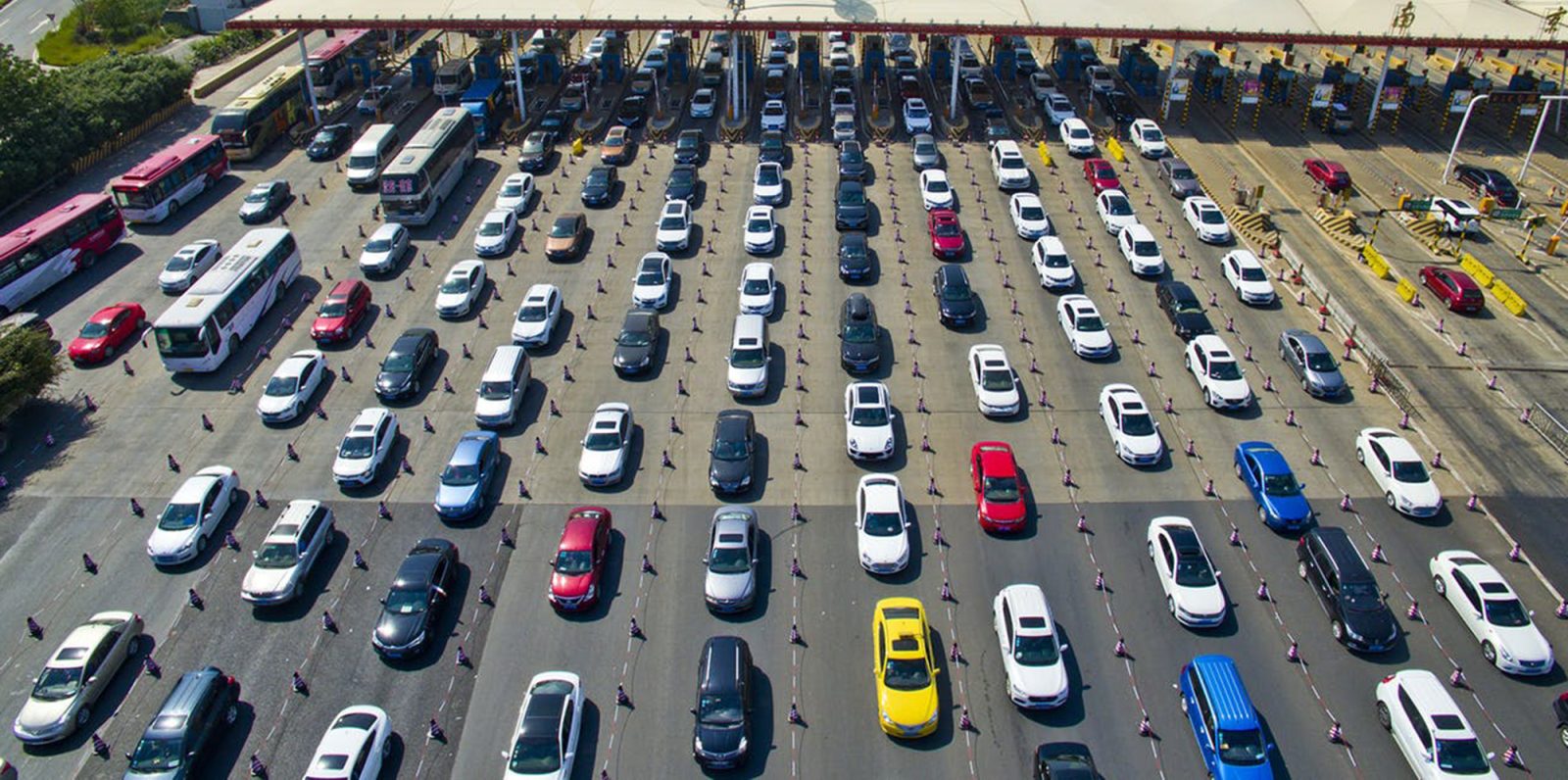EU formally bans new ICE vehicles, aims to slash emissions from trucks and buses

The European Union has put its stamp of approval on a reworked law yesterday banning all new sales of ICE vehicles from 2035. Meanwhile, the European Commission has also proposed new targets to cut CO2 emissions from city buses and trucks from 2030 and onward. Here’s the latest.
The post EU formally bans new ICE vehicles, aims to slash emissions from trucks and buses appeared first on Electrek.
The European Union has put its stamp of approval on a reworked law yesterday banning all new sales of ICE vehicles from 2035. Meanwhile, the European Commission has also proposed new targets to cut CO2 emissions from city buses and trucks from 2030 and onward. Here’s the latest.
The landmark bill regarding ICE vehicles, which was approved last year but still needs to go through one more round of approvals in March, officially bans the sale of all new petrol and diesel vehicles in the entire 27-country bloc. This latest revision signed yesterday, according to Reuters, sees a 55% cut in CO2 emissions for new cars sold from 2030 versus 2021 compared to the previous target of 37.5%.
Of course, there are a couple of caveats: For one, the law only addresses new cars, not the second-hand market, meaning that a brand-new ICE vehicle bought in 2034 will still be legal to drive in 2035 and onward. Given the life cycle of most cars is about 10 to 15 years or so, that’s not good news when it comes to meeting climate goals. The final deal also includes a workaround for smaller carmakers producing less than 10,000 vehicles a year to meet weaker targets until 2036.
While there has been pushback from the auto industry over the past year, most European car manufacturers are already on board with plans to heavily invest in electrification, including Volkswagen’s commitment to only produce electric cars in Europe from 2033. Others, such as Bentley, Mercedes-Benz, Ford, and Jaguar, have already begun shifting their global production strategies toward an all-electric future.
The European Commission has also turned its eye toward cutting greenhouse emissions from the transport section, with an aim to phase in stronger CO2 emissions standards for all new heavy-duty vehicles, including city buses and long-haul trucks, and gradually shift to zero emissions in the coming years. The plan, announced yesterday, suggests a 45% emissions reduction from 2030, then 65% emission reduction from 2035, to 90% from 2040. Yet, the plan is a tad more aggressive for city buses, requiring zero-emissions standards by 2030.
As is, heavy-duty vehicles account for more than 6% of total EU greenhouse gases and more than 25% of all greenhouse gas emissions from road transport.
It’s early days for the proposal, with legislators already debating the potential loss of employment for hundreds of thousands of people in the ICE industry and the rising electricity costs, with centrist and conservative leaders asking for a rethink of the truck ban.
Electrek’s Take
The time it takes for European legislation to take form is tediously slow, to say the least, requiring endless debate and revisions – and the clock is ticking – but the fact a law of this scale continues through the labyrinth of required approvals is good news. European consumers are ready, and already claim 25% of global EV sales. Still, the shift won’t be easy, especially in a fragile economy with millions, maybe billions, of euros still needed to build out electric grid infrastructure in a sustainable way to ensure EVs run on clean power. A McKinsey study estimates this bill at upward of €240 billion by 2030. In terms of public chargers, the EU offers about five public chargers for every 100km, and the European Federation for Transport and Environment suggests that deploying 2.7 million public charging points throughout the continent by 2030 would require around €1.8 billion. Considering that is about 3% of the EU’s yearly budget for roads and infrastructure in Europe, it seems like a decent start.
FTC: We use income earning auto affiliate links. More.


